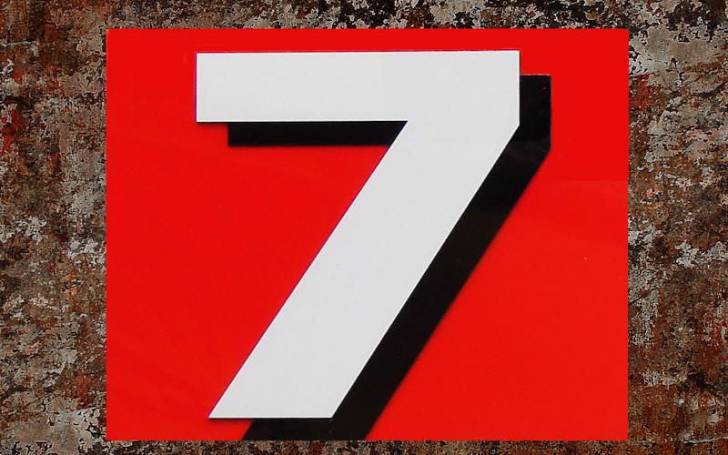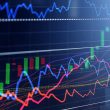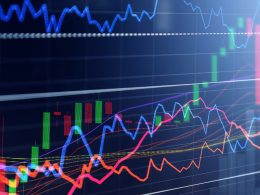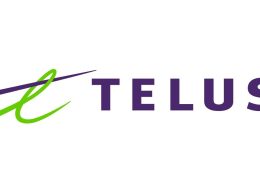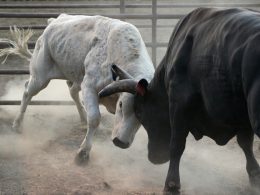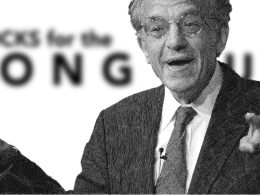by Jeff Weniger, CFA Head of Equity Strategy, Kevin Flanagan Head of Fixed Income Strategy, WisdomTree
The AI infrastructure build-out doesn’t come cheap. Nvidia, Microsoft, Apple, Tesla, Amazon, Alphabet, and Meta Platforms, collectively the Magnificent 7, goosed capital expenditures by 61.1% over the last year. At the same time, their net cash flow from operating activities only grew 21.6%. If the former keeps staying higher than the latter, the Mag 7 has a problem.
That’s because the price we pay for a stock is supposed to be the present value of all future free cash flows, which is the number you get after subtracting capital expenditures from operating cash flow.
But because the Mag 7 stocks’ capital expenditures have jumped at such a rapid pace, their free cash flow growth turned negative in the year through the just-completed earnings season. Though the decline is tiny (-0.7%), it’s disconcerting because free cash flow also stopped growing in 2022, a year that witnessed the S&P 500 fall 24.5% from top to bottom.
On a price-to-free cash flow ratio basis, the Mag 7’s multiple, 52.6, is pricing a mountain of profitability in the “out years.” Everyone saw these firms and others jump over themselves in recent months to announce ramped-up CapEx in 2026, and seemingly in 2027, 2028, and beyond. At some point you start asking for results from all this spending.
Consider the case of Amazon. Forget free cash flow growth. How about free cash flow at all? Over the last four quarters, Amazon had $120.1bn in capital expenditures, a cool 72% jump YoY. With net cash flow from operating activities coming in at $130.7bn over the last year, that leaves the company’s free cash flow tally over the last 4 quarters at just $10.6bn. That is down by about ¾ from $43bn last year.
We went back and summed all of Amazon’s free cash flow, not just for the last 4 quarters, but for the last forty. The grand total: $114bn over those ten years, combined. Granted, Amazon had a different business model many years ago. But like everyone else, all we can do is guess what these figures may look like over the next 40 quarters.
Look at Microsoft. Consider that its operating cash flow has grown at a 15.7% annual rate over the last 4 years, which is rapid. But capex grew at double that speed, +33.8% per year. The result: free cash flow grew just 6.6% per year over that time. Our question: is Microsoft’s price-to-free cash flow multiple of 48.5 justified?
Speaking of big multiples, when we step into the realm of classic trailing P/E ratios, we ran a screen for S&P 1500 members who are trading for more than 50x reported earnings. Mag 7 darlings like Tesla and Nvidia come up, but there are also a ton of other companies with big weights in the S&P 500 on that list, including Broadcom, Eli Lilly and Oracle. In total, 30.9% of the S&P 1500’s market cap passes the P/E > 50x screen. Lower the threshold to trailing P/Es of 35 or more and we can add Apple, Microsoft and Alphabet. In total, 66.1% of the S&P 1500’s value is in stocks above that multiple.
We are in the middle of a capital expenditure bonanza, and the AI technology build-out is exciting. But sooner or later, we need to see actual cash flow. If it doesn’t come to pass, some of these story stocks will be telling a different story in due time.
Copyright © WisdomTree

